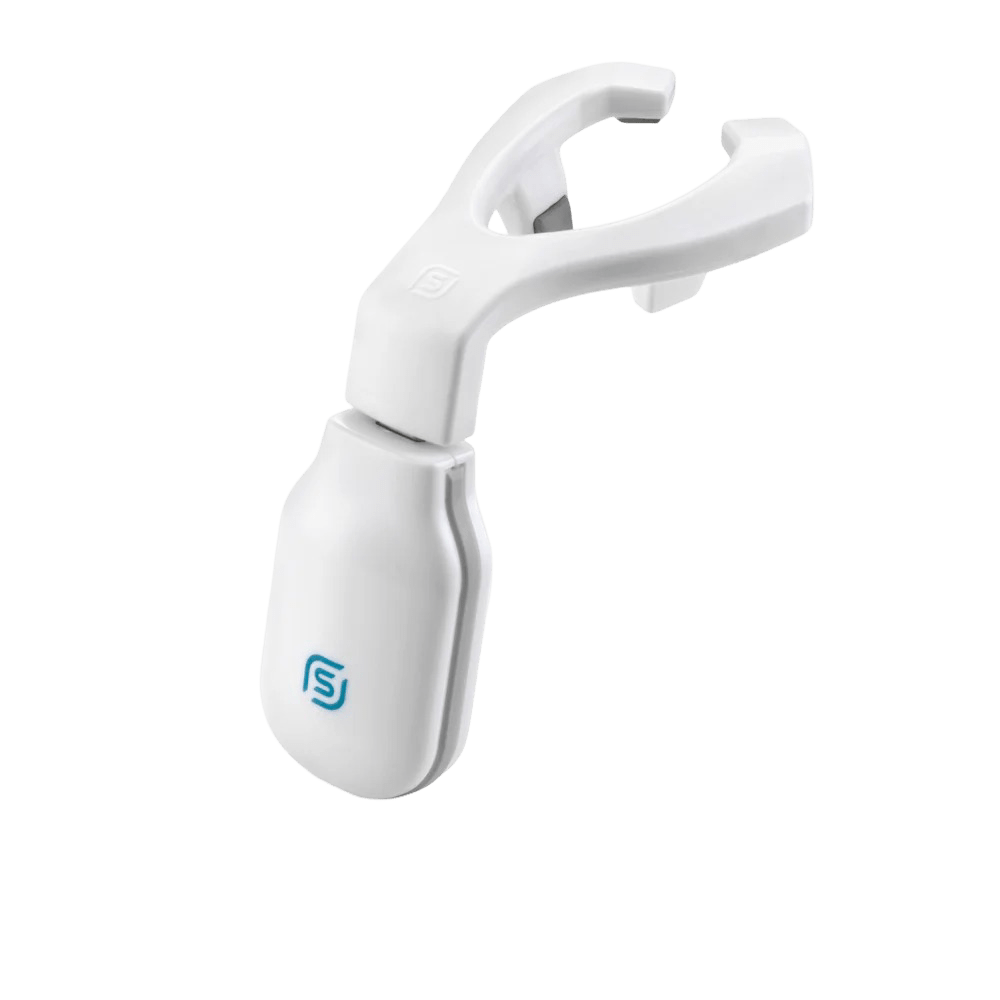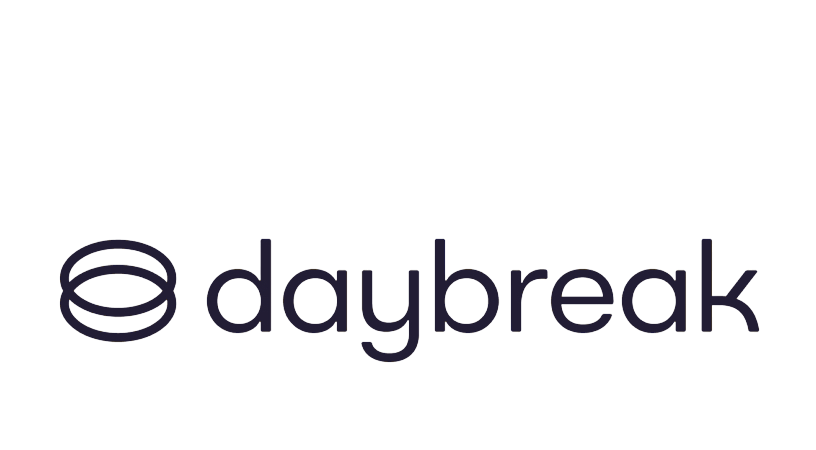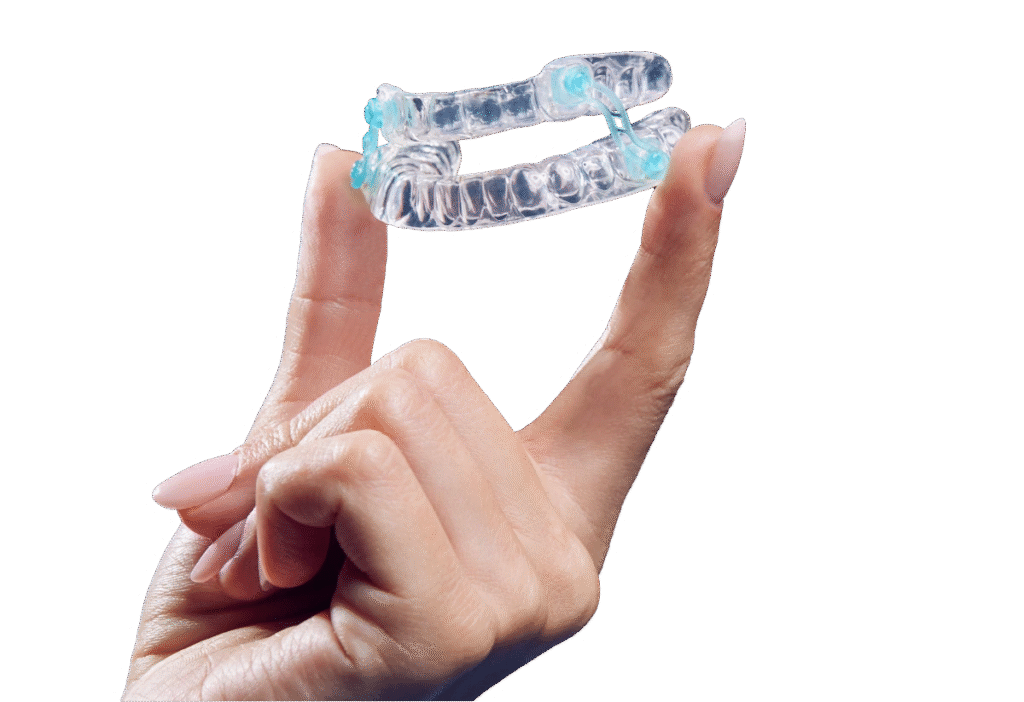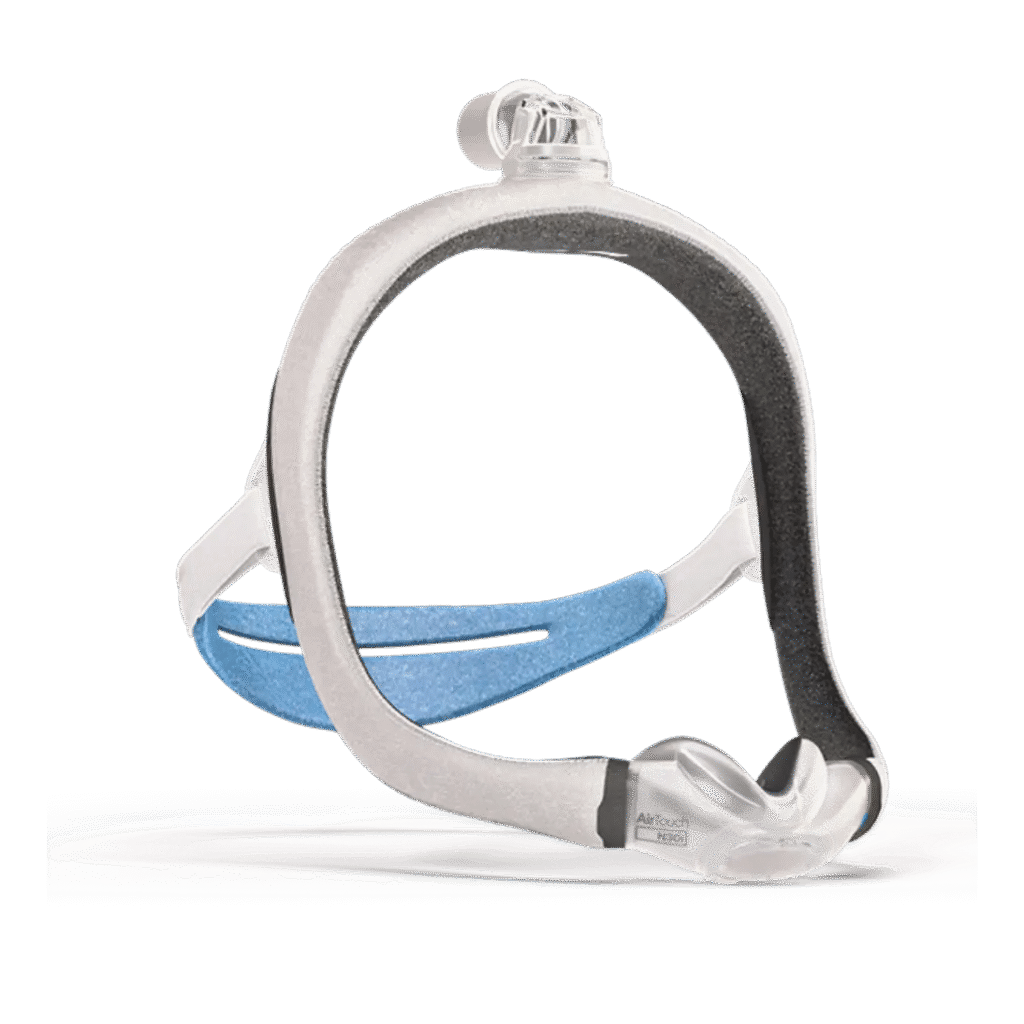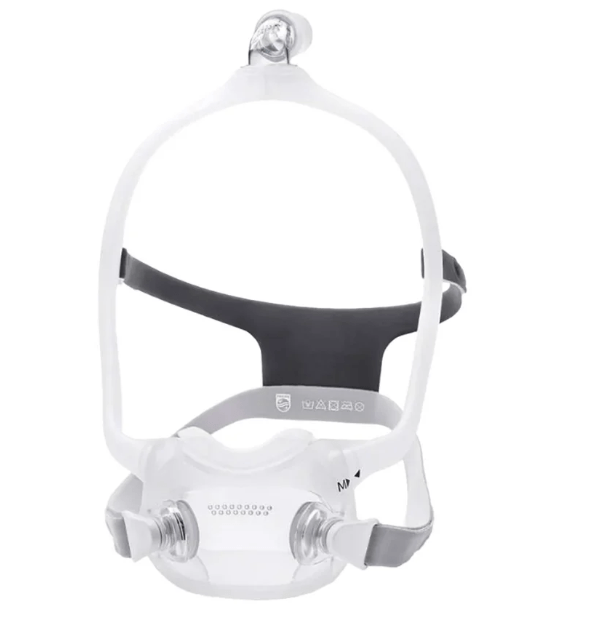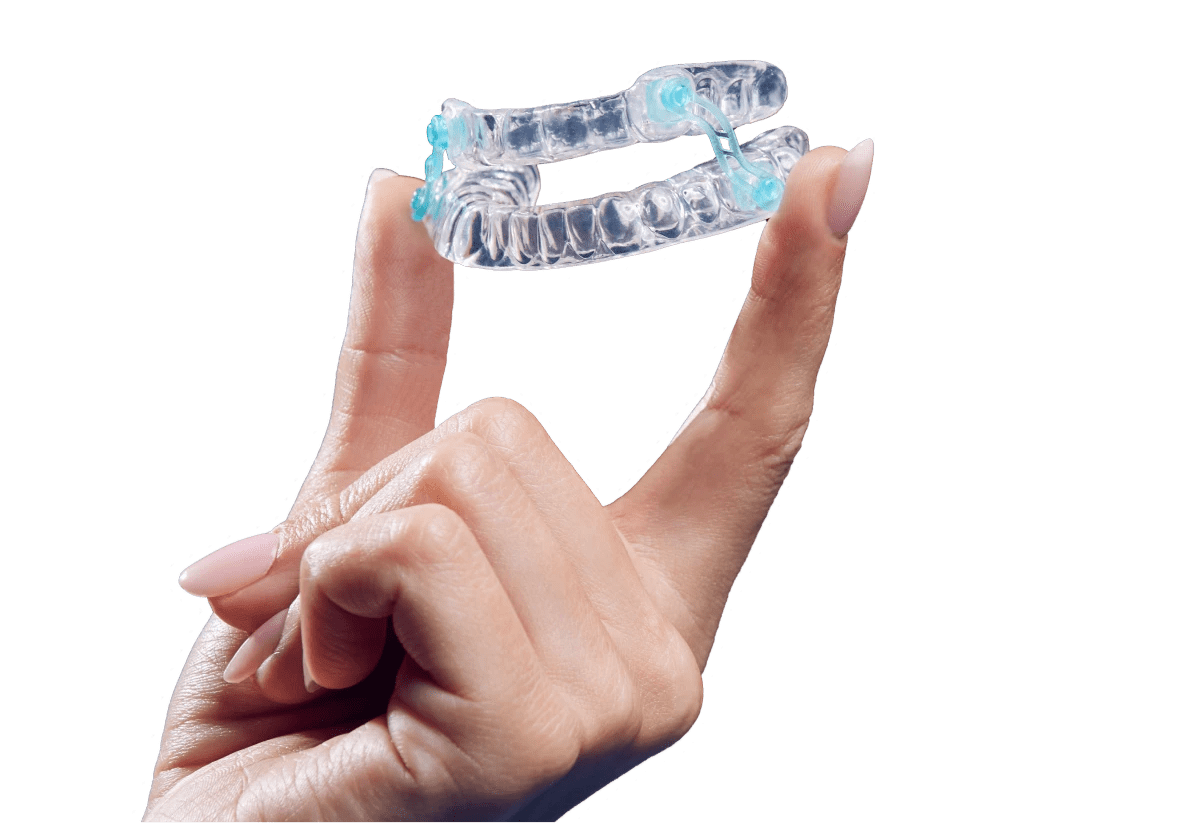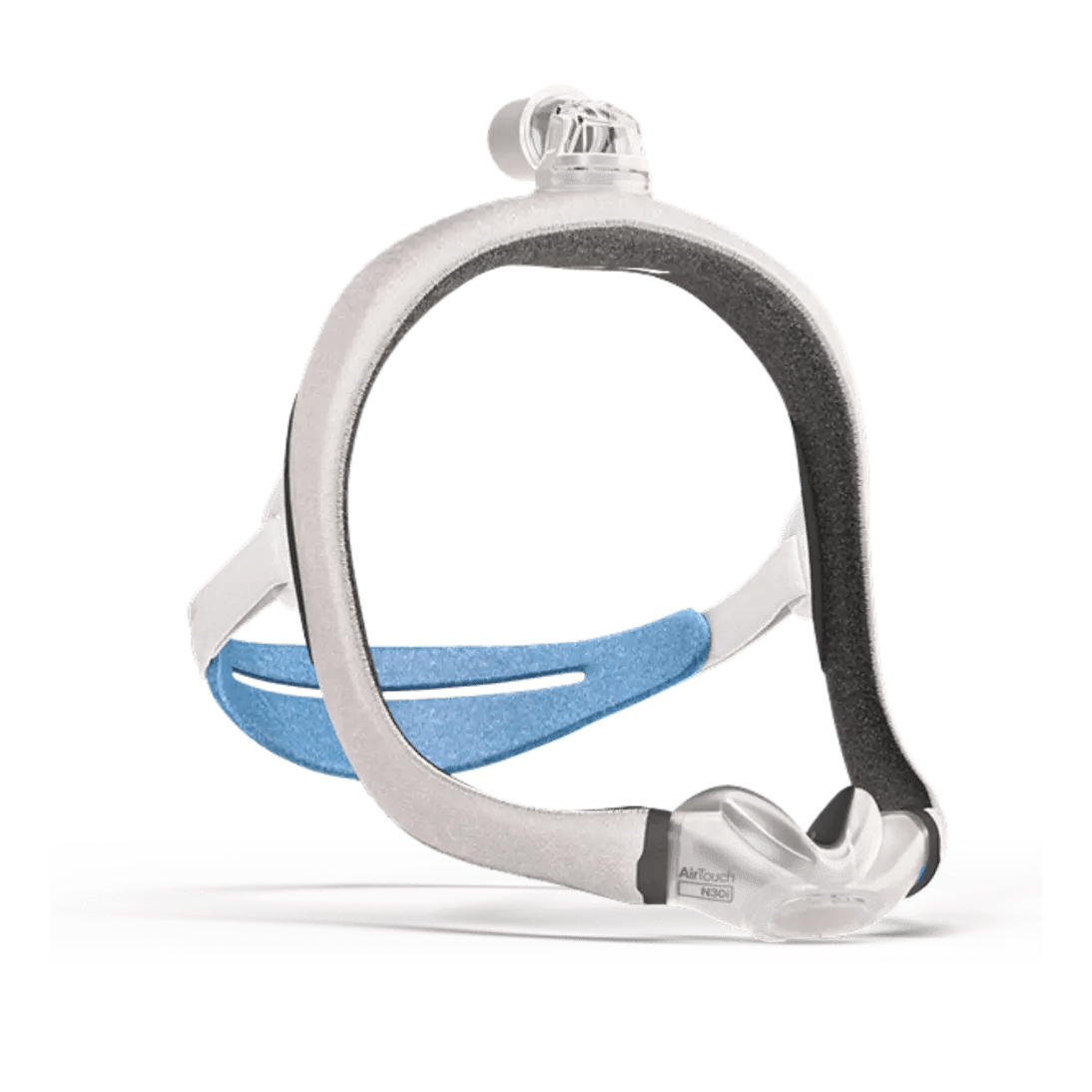Best At-Home Sleep Apnea Treatment
Discover the best at-home sleep apnea treatments, from innovative FDA-cleared devices like Spring Sleep to trusted CPAP and mouthguard options.
Discover the best at-home sleep apnea treatments, from innovative FDA-cleared devices like Spring Sleep to trusted CPAP and mouthguard options.
Last Updated: December 14, 2025
We may collect commissions for purchases from our links.
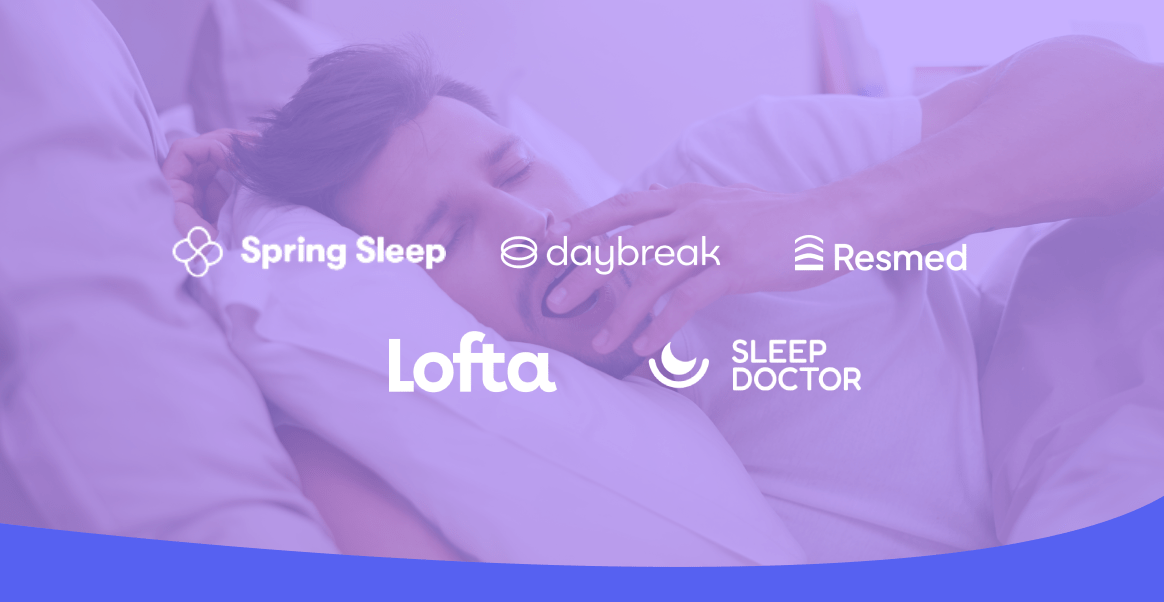
Last Updated: December 14, 2025
We may collect commissions for purchases from our links.


